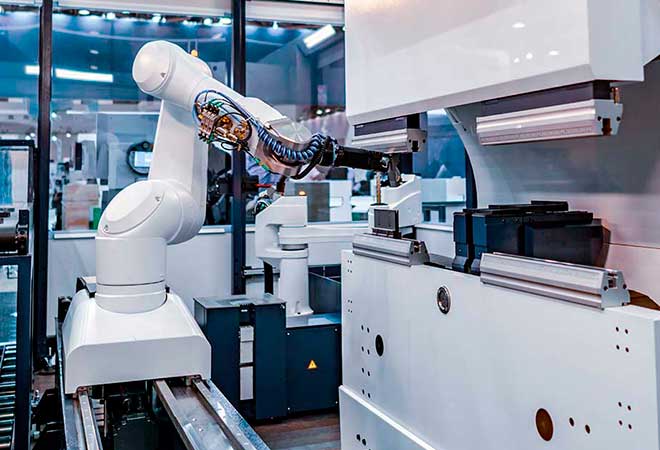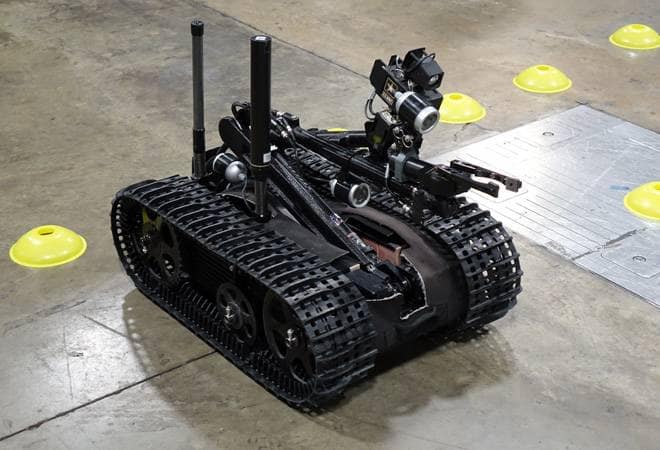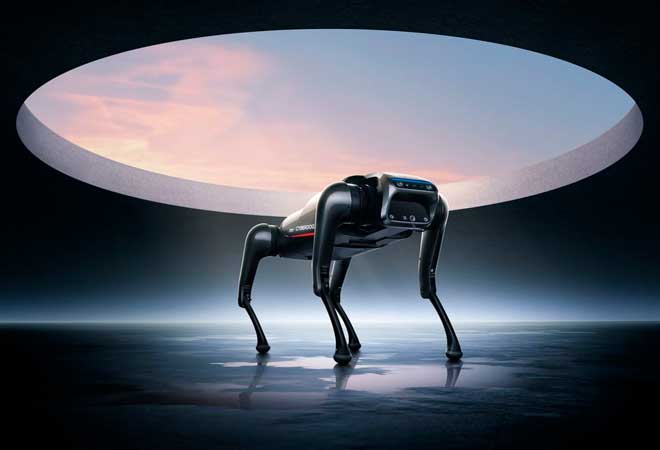
Researchers are increasingly thinking about how humans and robots can work together effectively in production environments and exploring the social and ethical aspects of robotics and artificial intelligence systems. How do the fields of industrial automation and ethics intersect? Typically, people look at robots as independent pieces of technology that don't necessarily fit into the overall structure of things. Still, in the world of industrial automation and ethics, there are many different ways they interact.

Defining industrial robots is helpful to look back at what has changed from their inception to the present day. The first robots were just industrial robots, which were machines that could perform a series of repetitive and relatively static movements. Nowadays, with the development of technology, it is increasingly difficult to distinguish between an industrial robot and a service robot and define the boundaries of their working areas. Industrial robots are understood as robots "for the automation of production," while service robots "solve useful tasks for people or equipment, excluding industrial automation applications."

Companies need to prioritize safety when designing autonomous mobile robots. The American National Standards Institute (ANSI) and the Robotics Industry Association (RIA) have developed the ANSI/RIA R15.08 Safety Standard for Mobile Robots. Mobile robots have become a powerful automation tool in manufacturing, warehouse, and distribution facilities, and their numbers are growing. In most cases, companies are unclear on how to use mobile robots in facilities most effectively.

Robots are now playing an increasing role in industries such as consumer goods and life sciences, as companies look for ways to increase product diversity, improve production efficiency in the face of staff shortages and improve safety. But to unlock the real strength of robotics within your business, don't forget one important factor: the ability to integrate robots into the structure of your enterprise.

One of the deadliest weapons in modern warfare is mines. They are considered the ideal soldier in the armed forces: Always courageous, never tired, and never misses. The cost-effectiveness and simplicity of mines is important in explaining their extensive application in many countries facing the threat of mines today. The goal of civilian or humanitarian demining is to find abandoned mines and remove them without damaging the surrounding environment.

Last year was rich in news and events. This year we dreamed of new robots. 2021 forced us to reach new heights and make breakthroughs.
While Ubuntu and our open-source robotics tools energize millions of robotics developers, we present an overview of the past year's events. Take a look at the achievements and failures of 2021. About the product launches that made the front pages. And about the work of the R&D community that captured our imagination.



